
How the Indian craft of indigo dyeing travelled to Germany
Small, traditional workshops in Lower Saxony are keeping the tradition alive
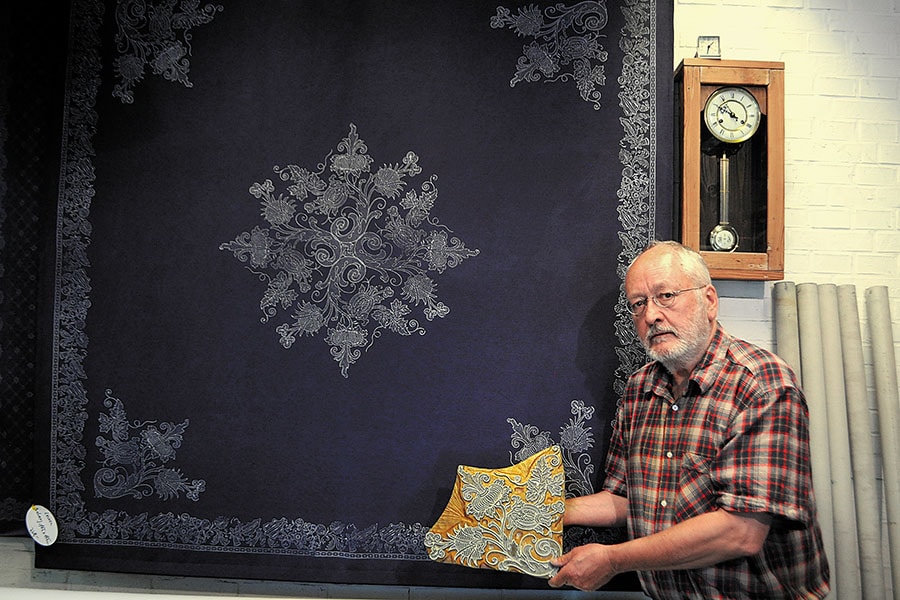 Georg Stark invests a lot of time and resources on tracing the history of dyeing as well as preserving the craft in Germany
Georg Stark invests a lot of time and resources on tracing the history of dyeing as well as preserving the craft in Germany
Image: Amrita Das
Tucked away behind a pedestrian street in the city of Jever, Lower Saxony in Germany, is Blaudruckerei im Kattrepel, the workshop of Georg Stark. Tall, and in his 60s, Stark stands behind the counter of his dimly lit store, dressed in a blue-red checkered shirt and grey trousers, his deep voice blending in with the earthy ambience. For the last 35 years, he has been resist printing and indigo dyeing. His eyes widen when he hears I am from India. “The origin of taste, of fabric printing is India,” he says.
The relation of indigo and the Indian subcontinent goes back hundreds of years, with the Indigofera tinctoria species of the plant, also called true indigo, widely available in the region. Traditional forms of textile dyeing and printing extensively used this natural dye.
In the 19th century, indigo was cultivated primarily in Bengal, with India being its largest exporter to European markets. The dye was immensely profitable to the East India Company, with British planters ruthlessly forcing farmers to cultivate more indigo by imposing strict and exploitative laws. Not only was indigo difficult to grow, but also very expensive; farmers were not allowed to grow food or other crops for which the soil was naturally fertile. In the 1820s, the British imposed tinkathia, a law that legally bound farmers to grow indigo in every three out of 20 parts of his land. The oppressive rules and regulations resulted in the Blue Mutiny of 1859-60, which was brutally suppressed.
It was only in 1917 that the Champaran Satyagraha marked the end of this exploitation. This resistance movement was ignited by Mahatma Gandhi, who gave it a direction and escalated its prominence by travelling around the villages of Champaran district in Bihar and encouraging civil disobedience. The tinkathia law was eventually abolished in 1919.
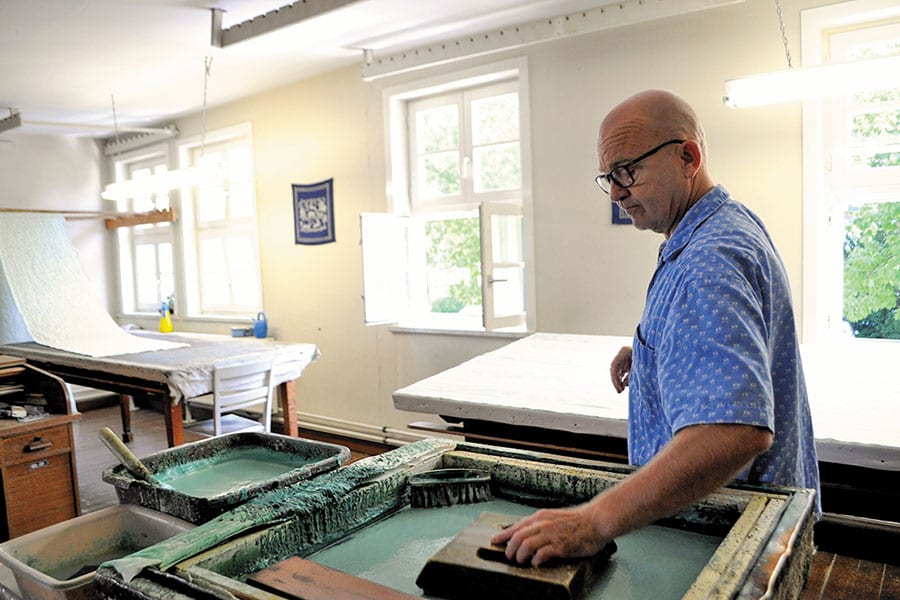 Ulf Ahren has been in the business for 34 years
Ulf Ahren has been in the business for 34 yearsImage: Amrita Das
In recent years, indigo has gained significance in India’s handloom industry, with designers adapting it to contemporary weaves and fabrics, and adding a modern sensibility to its age-old use. Indigo cultivation has grown beyond the traditional boundaries of West Bengal, Tamil Nadu and Andhra Pradesh and towards the Himalayan foothills of Uttarakhand. “If we have to grow enough indigo again [to meet demand], or only make organic indigo from the plant, all of India and China have to be covered with indigo farms. It is not possible,” says Stark. “We have so many people in this world who wear jeans. They are all dyed with synthetic indigo.”
(This story appears in the 30 November, -0001 issue of Forbes India. To visit our Archives, click here.)
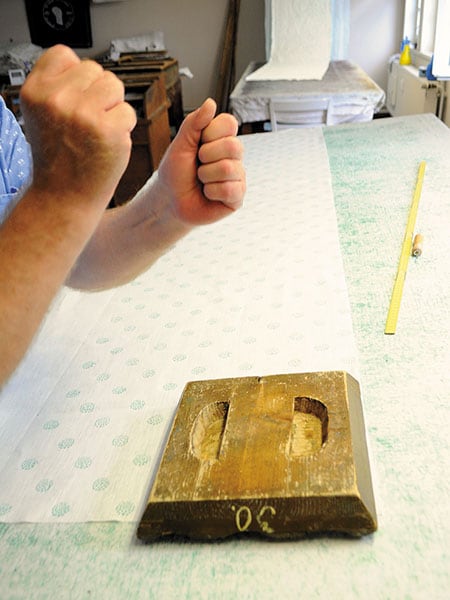 A wooden block which is placed against its printing counterpart
A wooden block which is placed against its printing counterpart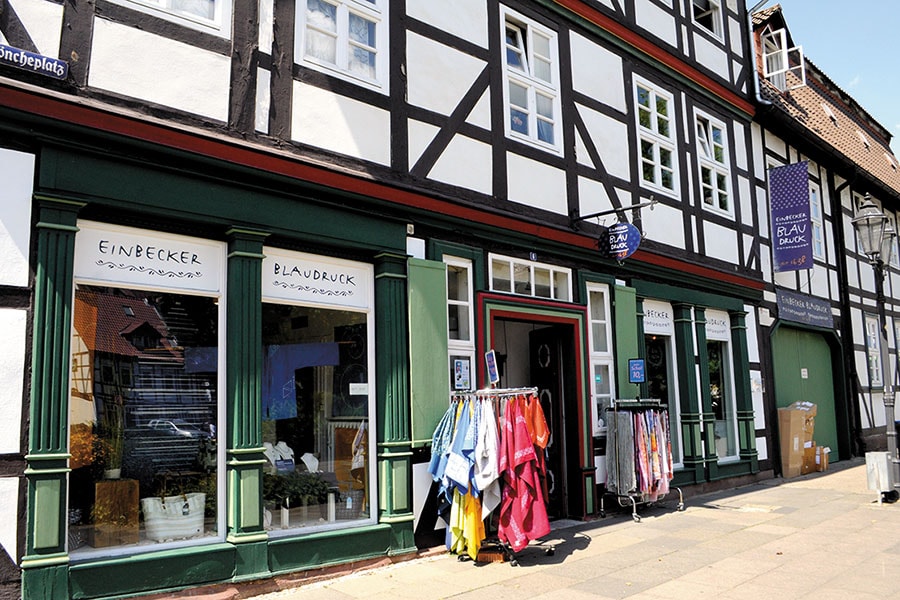 Stark's workshop in Germany
Stark's workshop in Germany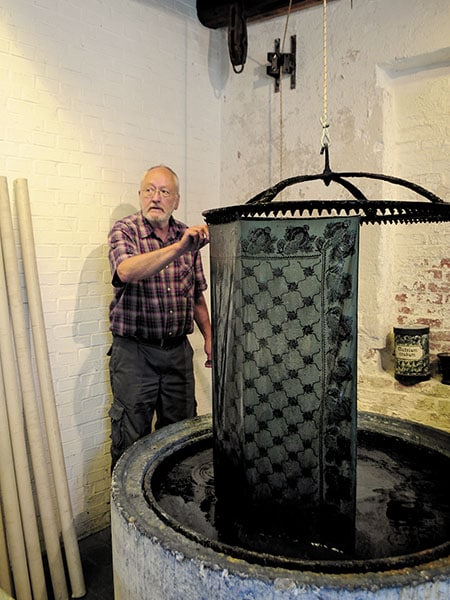 Stark dips a cloth into a cauldron of indigo mixed in water
Stark dips a cloth into a cauldron of indigo mixed in water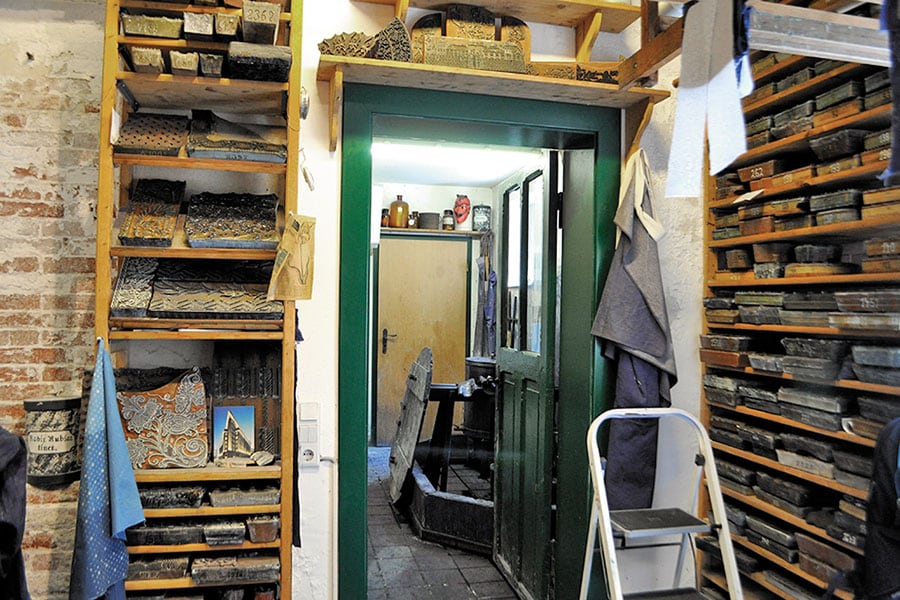 Schwerin’s Einbecker Blaudruck shop dates back to 1638
Schwerin’s Einbecker Blaudruck shop dates back to 1638 



